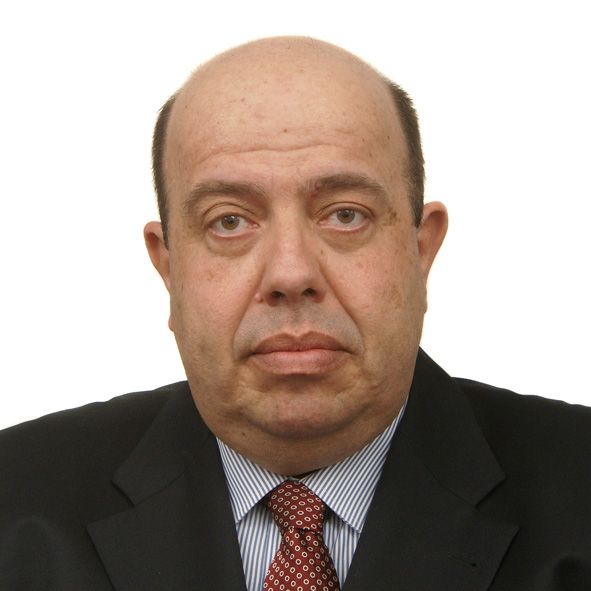Sheldon Friel Lecture
Chairpersons: Dirk Bister, Mike Papadopoulos
Risk Management in Orthodontics
Abstract
During the last decades the formation of a newly introduced entity, namely litigation and malpractice, has evolved to encompass the width and complexity of a scientific discipline. This unlikely blend of principles, derived from the broader health and law sciences, is man-made. It cannot be defined by natural rules and its implications vary greatly, even among the places where it exists. In orthodontics, where the risk of harm is considerably reduced, compared to surgical or other invasive dental acts, malpractice has taken on noticeable dimensions, thus stimulating the orthodontic scientific and professional community to rise attention on avoiding the unfortunate incidents. The aims of the lecture are (a) to explore the etiopathology of various conditions which could or have been described to emanate from orthodontic treatment, and (b) to define the risk factors associated with the induction of pathologies, in an effort to isolate and eliminate them from the standard practice. Topics to be presented in the potential iatrogenic / litigation / malpractice cases will include enamel effects during bonding - debonding and treatment with fixed appliances, impacted canines and root resorption, damage to tooth-supporting tissues, tooth color changes associated with orthodontic therapy, root resorption, and iatrogenic problems related to retention. Although there is no consensus established on the direct association between many procedures or materials and potential harmful situation, the lecture will provide information why orthodontic malpractice may happen, and how important is the communication and informed consent with the patients regarding diagnosis, treatment and retention.
Learning Objectives
At the completion of the lecture, participants of the session will be able to:
- Understand why orthodontic therapy is not a risk-free dental procedure.
- How orthodontic treatment can be associated with undesirable outcomes with regard to dental, periodontal and dentoalveolar structures.
- Which knowledge is evidence-based and what is scientifically unclear regarding harmful situations associated with procedures and materials used in the orthodontic practice.
- What is usually the most common causes of malpractice and how to minimize the risk.

